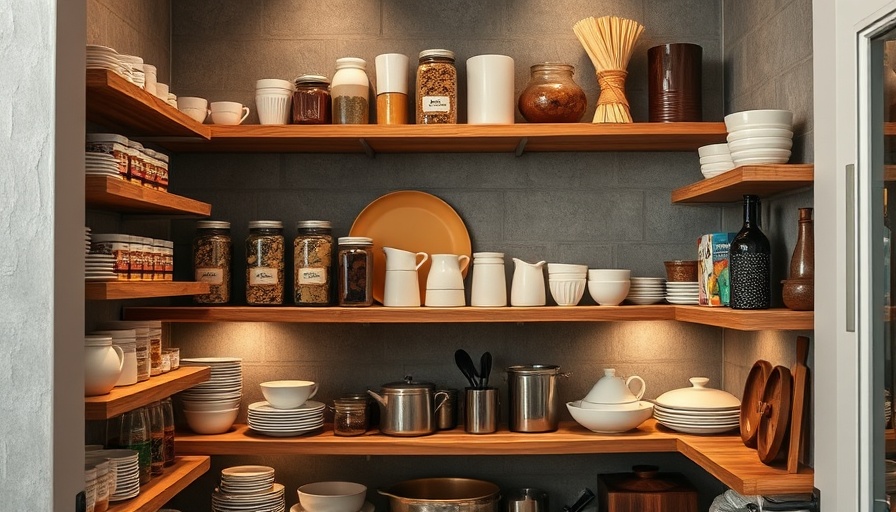
Understanding the Importance of Basement Finishing
Transforming your basement is not just about aesthetics; it’s a significant investment in your home that adds value and functionality. Basement finishing can convert unused space into a cozy living area, game room, or even a self-contained apartment. But before diving into such a project, it’s essential to gather comprehensive insights to avoid common pitfalls and ensure a smooth execution.
Know Your Basement Space Requirements
First things first: understanding your basement's potential starts with measuring the height. Many local building regulations stipulate that a finished basement must be at least 7 feet tall to qualify as livable space. If the height doesn’t comply, it may hinder your renovation plans significantly. Therefore, always check local building codes and invest some time in assessing the layout before making any plans.
Consulting Professionals for a Smart Investment
A rookie DIY mistake many make is underestimating the complexities involved in finishing a basement. For instance, heating a basement by simply cutting a hole in the main duct is ill-advised and could lead to an imbalance in your home’s heating system. Instead, consider hiring a heating contractor who can create a tailored plan that ensures efficient heating without compromising your existing HVAC setup. This upfront investment could save you money in the long run by avoiding costly mistakes and inefficiencies.
Running Checks on Plumbing and Electrical Systems
Another critical aspect of basement finishing is ensuring you have adequate plumbing and electrical capacity. If your vision includes a standalone bathroom or kitchen facilities, you may need to expand or introduce entirely new plumbing and wiring systems. Consulting a licensed electrician or plumber will not only ensure compliance with local codes but will also help you dodge future headaches.
Insulation: The Key to Comfort
It’s tempting to skip insulation, but without it, you may find your beautifully finished basement uncomfortable and hard to maintain. Seal rim joists using rigid insulation to prevent energy loss, and ensure you use proper caulking techniques around pipes and wires to keep the space warm and dry. Consider consulting local guidelines to determine the thickness of insulation needed for optimal energy savings.
Let There Be Light: Installing Egress Windows
One of the most significant improvements in a finished basement is adding egress windows. These windows not only allow natural light into what could be a dark space but also provide a crucial escape route in emergencies. Check with your local codes for the specific requirements for egress windows, as these can vary widely.
Additional Safety Measures: Waterproofing Your Walls
Waterproofing should be a priority before finishing any basement. Failing to address moisture issues can lead to mold, mildew, and structural damages. Sheet membranes, liquid coatings, and proper drainage systems can protect your basement from moisture, ensuring that your efforts won’t go to waste. If you're considering DIY waterproofing, be sure to research materials and methods thoroughly to find the best fit for your environment.
Common Misconceptions about Basement Finishing
An often-held belief is that basement finishing is purely cosmetic. In reality, effective basement renovations must focus on structural elements, functionality, and safety alongside aesthetic upgrades. This means dealing with codes, plumbing, heating, and moisture issues first and foremost.
Final Thoughts: Embrace the Challenge
Finishing a basement can be a rewarding project that enhances your home’s value and living space. By paying attention to regulations, consulting professionals, and prioritizing efficiency and safety, you can ensure a successful transformation. Whether you tackle this project as a DIY enthusiast or hire experts, the key is thorough preparation and execution.
Ready to elevate your home with a finished basement? Dive into your project with these essential tips, and enjoy transforming that often overlooked space into a remarkable part of your home.
 Add Row
Add Row  Add
Add 



Write A Comment